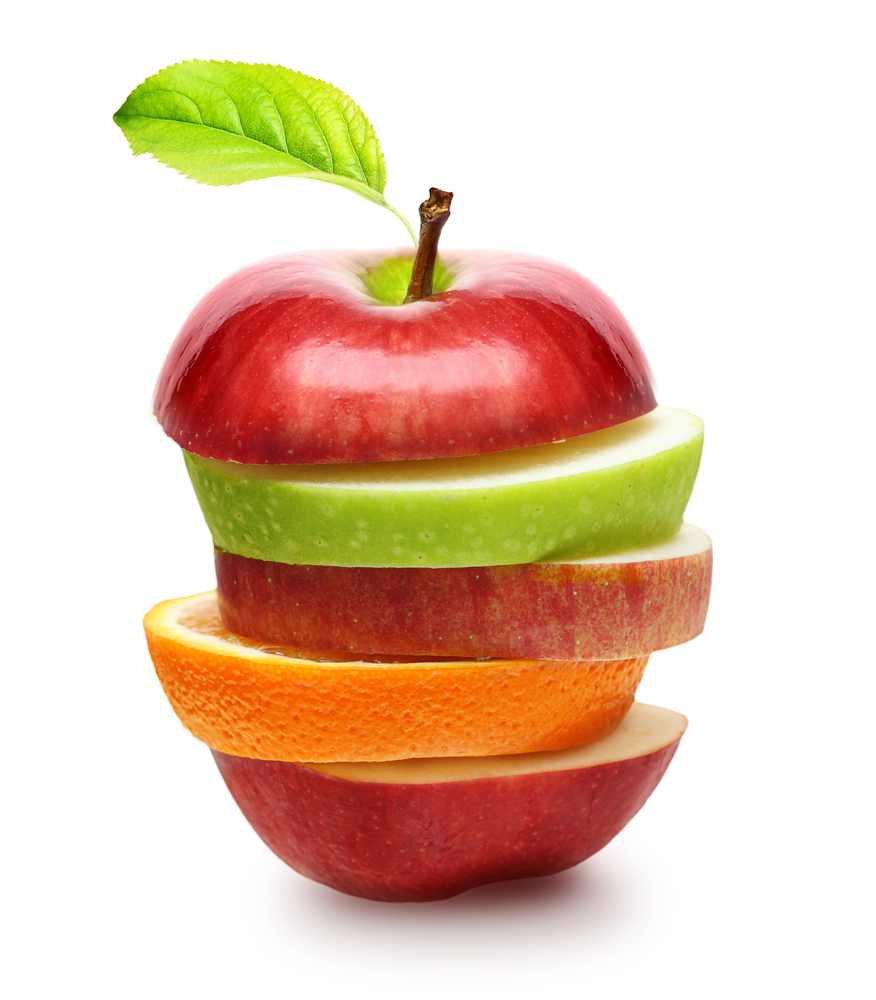Let "functional" food - be thy medicine

Going to the grocery store exposes you to a variety of nutritional buzz words like probiotics, lignans, and certain vitamins and minerals. Even if you’re not the household shopper, while squeezing ketchup onto your hamburger or fries, you might see the phrase “Source of Lycopene” emblazoned on the bottle’s label. Or, when watching television or listening to the radio, you may have heard Joe Theisman, the famous Redskin’s quarterback, touting “Super Beta Prostate.” Or, maybe at last week’s picnic your aunt Mary announces the virtues of taking probiotics “that improved her irritable bowel.” This rapidly growing area of nutritional buzz words, where science meets food, is called functional food components.
For a food to be defined as a functional food component it must be derived from naturally occurring substances, be consumed as part of the daily diet, and be involved in physiological processes such as reducing the risk of disease, slowing down the aging process, and/or improving immune function. Some functional food components are added to the food, like probiotics (friendly bacteria) to yogurt, while others are inherent to the food, like omega-3 fats (good for you fatty acids) and wild salmon. Functional food components are specific parts of plant and animal foods that provide a “health benefit”, and include the broad categories of proteins, carbohydrates, fats, vitamins, minerals, and sub-categories like phytochemicals.
“Phyto” means plant, and includes the many colors, skins, seeds, and flesh parts of plants that contain the functional components. Phytochemicals are chock full of nutritional buzz words like antioxidants, pigments, fibers, flavonoids, proanthocyanidins, phytoestrogens, minerals, vitamins and lignans – to name a few. Animal source foods can also provide functional foods such as fatty acids, vitamins, and minerals. There are also functional foods common to both plant and animal sources, for example, potatoes are an excellent source of potassium, as well as milk and yogurt.
Washington State’s top crops contain a variety of functional food components. Apples, cherries, pears, whole wheat, grapes and potatoes provide a variety of health-promoting phytochemicals such as phenols, carotenoids, lectins, pectins and lignans. And a wide assortment of vitamins and minerals necessary for health, such as beta-carotene, fiber and selenium – found in whole wheat.
If you enjoy red wine, then you’ve definitely come across the functional-food buzz word ‘resveratrol’, found in red-grape skins, which may have anti-inflammatory and anticarcinogenic health benefits. Red grapes also contain lycopene, which may be helpful in fighting prostate, and breast cancer. Another Washington crop with functional-food health properties is whole wheat. Whole wheat contains lectins and phenolics, that may be helpful for inhibiting tumor growth.
As science discovers the increasing role how the food on our plate may affect our health, we will be exposed to a stream of buzz words. And it looks like nearly two thousand years ago Hippocrates was on the right track when he said, “Let food be thy medicine, and medicine be thy food.” Only we might now change that to: “Let functional food be thy medicine.”
